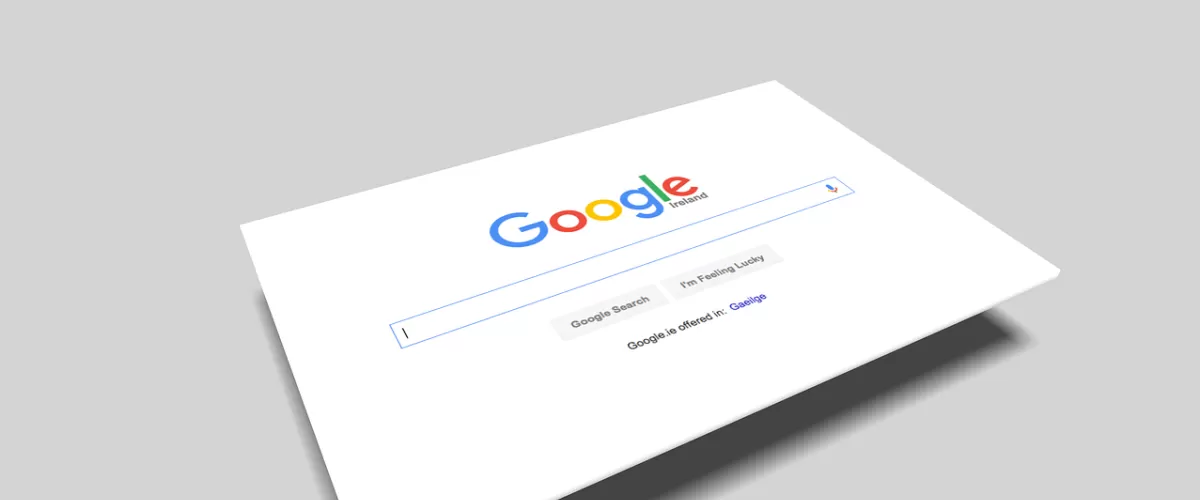
Seismologists know earthquakes are coming when seismic networks capture motion from seismic waves and record them as electrical signals on a seismometer.
The first indicator is the fast P Wave but the real damage follows with slower S and surface waves.
The search industry’s seismometers are search engine result volatility tools and, at the beginning of March, a P Wave announced itself with volatility in search result page listings, followed by a host of unprecedented manual penalty actions against websites. There was also an equally unprecedented raft of announcements by Google – their preference usually being to let updates slide out detected but unannounced.
Searchologists soon realised something seismic was coming, quickly confirmed by Google themselves.
Elizabeth Tucker, Director of Product Search at Google, told Search Engine Land that the update will help reduce unhelpful content in Google Search by a massive 40%: “We expect that the combination of this update and our previous efforts will collectively reduce low-quality, unoriginal content in search results by 40%.”
Many recent updates to Google ‘s ranking systems had focussed on so-called Helpful Content Updates, the declared objective being of ‘creating helpful, reliable, people-first content.’
Currently Google are making Helpful Content a foundational part of their core ranking systems along with rolling out new anti-spam measures – a step change aimed at preserving the integrity of search results against a tsunami of mass produced AI content.
Some high traffic sites saw their entire listings de-indexed and their organic traffic wiped from the map at huge cost to their revenues. The big concern now for those that came through unscathed is that this was potentially a symbolic shake of the fist, while the more substantial S-Waves got going.
These will likely be algorithmic changes that alter the scoring of sites and don’t rely on manual intervention to impact a website’s organic rank results. It’s too early to tell how this will pan out. It is still being rolled out and multiple systems will continue to update for at least another month.
Signs suggest it will prove to be the most significant alterations in search rank for a number of years .
One of the declared anti spam measures certainly has the creation of low quality AI content at scale in its crosshairs: Scaled content abuse is when many pages are generated for the primary purpose of manipulating Search rankings and not helping users.
Another notable anti spam measure is targeting the redirecting of expired domains to a website for ranking benfits– a measure Google previously claimed made no difference.
As seasoned Google watchers, we know that their preferred MO when their engineering teams cannot prevent an abuse of their systems is to first claim it doesn’t work, then to beaver away behind the scenes to shore up such a loophole.
That’s why when Google was initially welcoming about AI produced content, we sat tight and waited to see what came second, even though we could have made considerable savings by switching from costly manual content to AI edited content.
And that’s in turn why none of our websites have to date been impacted.
Website owners more worried by their own or their agency’s dalliance with AI content can scrutinise Google’s provided checklist as to whether their website is helpful or not.
Meanwhile search experts will debate whether such guidance can realistically be reflected in algorithmic evaluations of a website and then plot their client’s path for revenue growth through search accordingly.
If in doubt, call our expert SEO team and we will happily review your particular position and offer free advice on how to secure or resolve your position.
